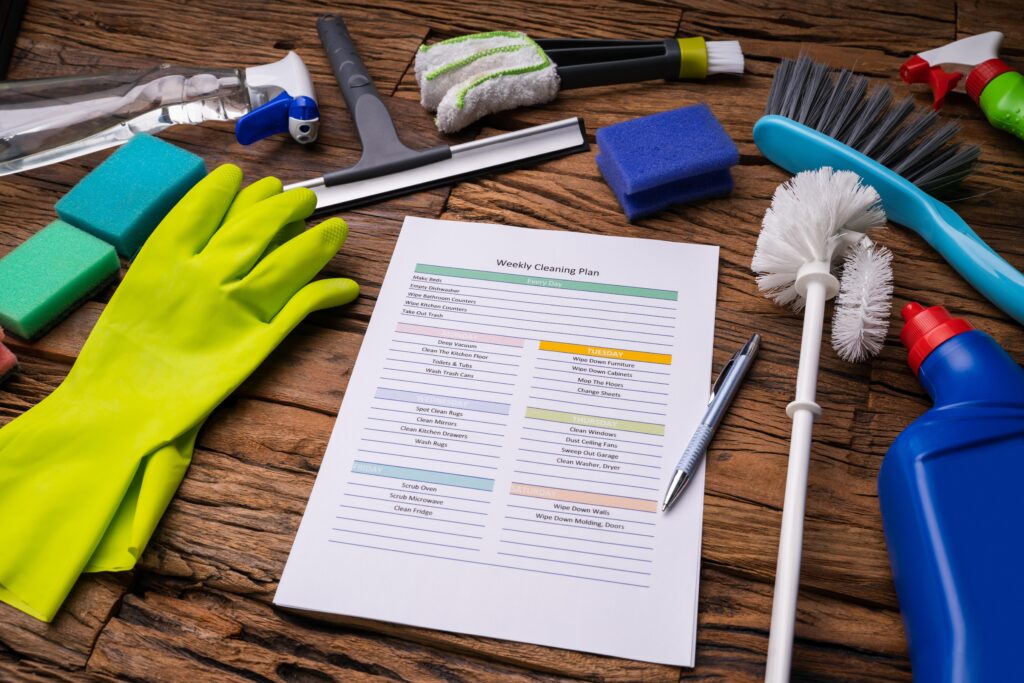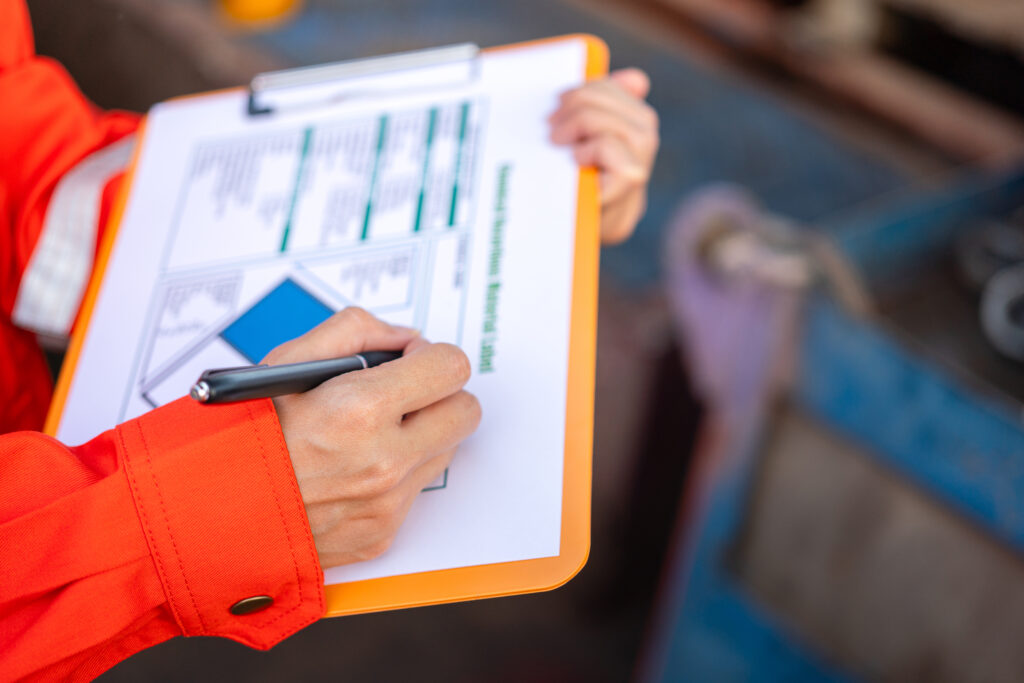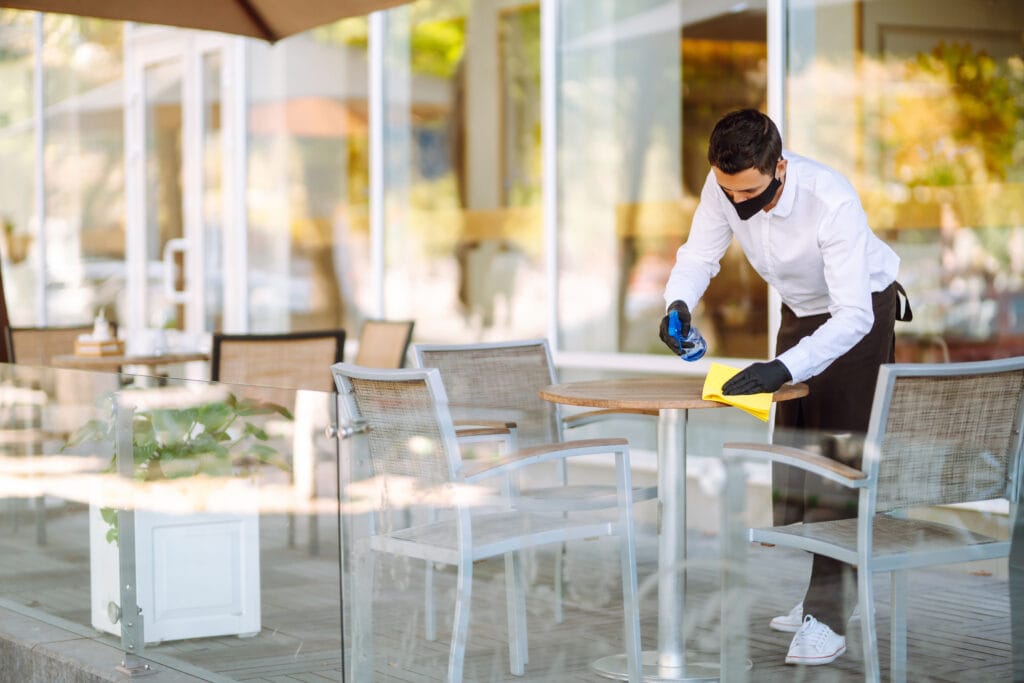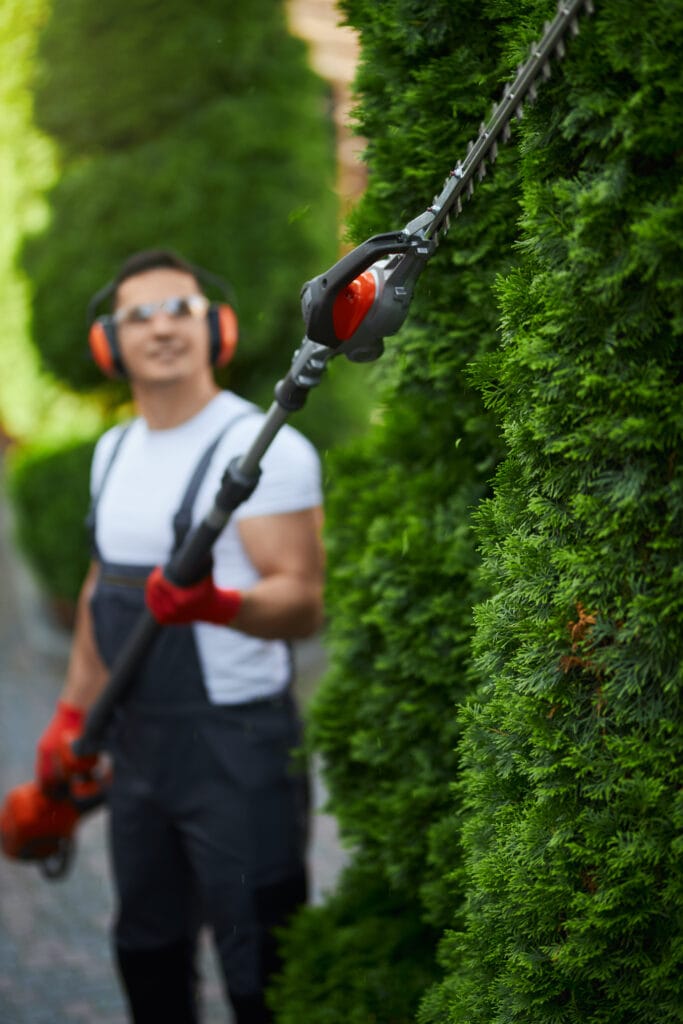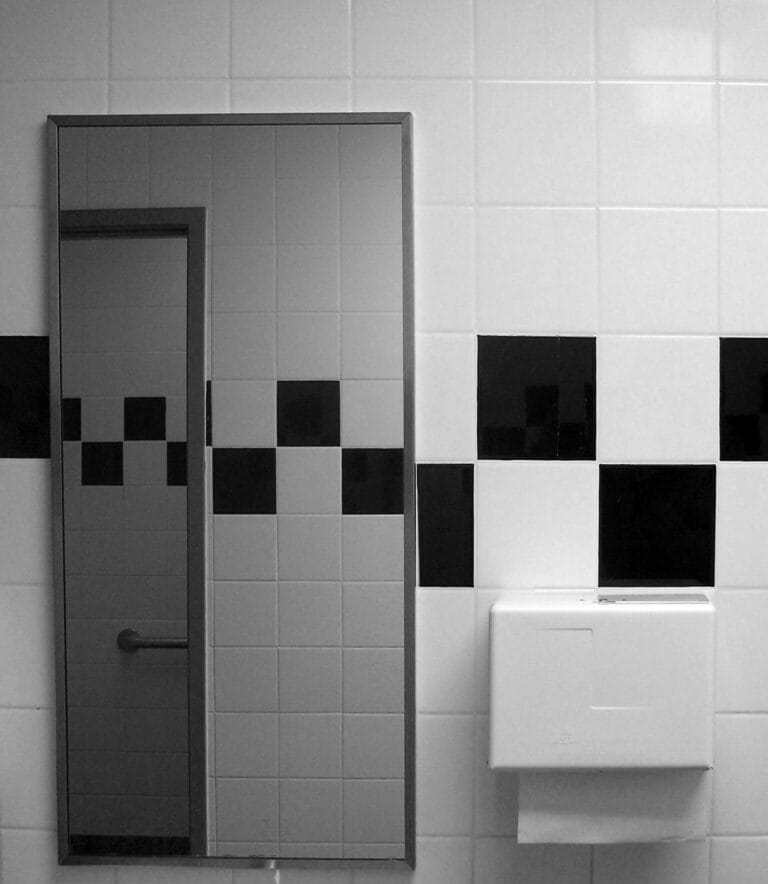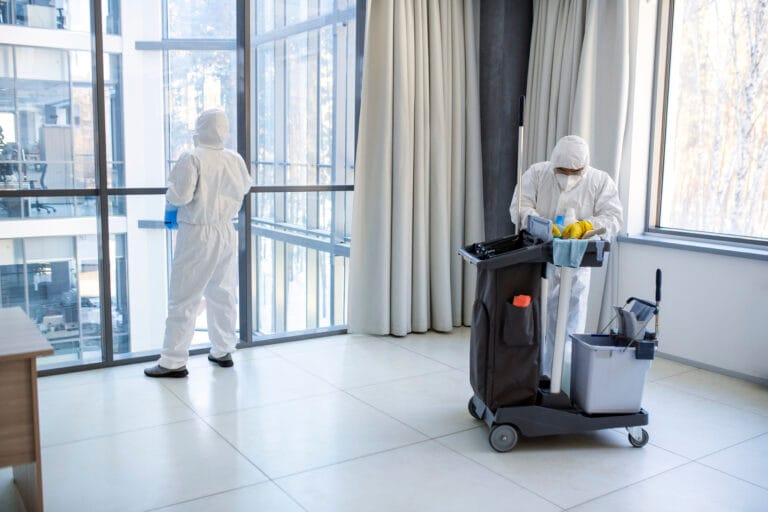Seasonal deep cleaning is an essential practice that ensures environments remain hygienic, organized, and conducive to productivity. As the seasons change, so do the challenges associated with maintaining cleanliness in various spaces, particularly in educational institutions and public facilities. The transition from one season to another often brings about an influx of dust, allergens, and other contaminants that can affect the health and well-being of occupants.
Therefore, a thorough deep cleaning process is not just a matter of aesthetics; it is a crucial step in promoting a safe and healthy environment. United Facilities Group recognizes the importance of seasonal deep cleaning and offers tailored services to meet the unique needs of different facilities. By implementing a comprehensive cleaning strategy, organizations can ensure that their spaces are not only clean but also welcoming.
This article will delve into specific cleaning checklists for various areas within a facility, highlighting the importance of each space and the best practices for maintaining cleanliness throughout the year.
Key Takeaways
- Seasonal deep cleaning is essential for maintaining a clean and healthy environment in educational facilities.
- Classroom cleaning checklist should include tasks such as dusting, sanitizing desks, and organizing supplies.
- Common area cleaning checklist should cover tasks like vacuuming, mopping, and disinfecting high-touch surfaces.
- Restroom cleaning checklist should include cleaning and disinfecting toilets, sinks, and mirrors, as well as restocking supplies.
- Gym and sports facility cleaning checklist should encompass tasks like cleaning equipment, sanitizing mats, and disinfecting locker rooms.
Classroom Cleaning Checklist
Classrooms are the heart of educational institutions, serving as spaces where students engage in learning and development. A clean classroom is vital for fostering an environment conducive to education. The classroom cleaning checklist should include tasks such as dusting surfaces, sanitizing desks and chairs, and cleaning whiteboards or chalkboards.
Additionally, attention should be given to electronic equipment, such as computers and projectors, which can harbor germs if not properly maintained. In addition to surface cleaning, it is essential to address the floors in classrooms. Vacuuming carpets or mopping hard floors should be part of the routine to eliminate dirt and allergens that accumulate over time.
United Facilities Group emphasizes the importance of using appropriate cleaning agents that are safe for both students and staff. By adhering to a thorough classroom cleaning checklist, educational institutions can create a healthier learning environment that minimizes distractions and promotes student engagement.
Common Area Cleaning Checklist
Common areas, such as hallways, lounges, and cafeterias, are high-traffic zones that require regular attention to maintain cleanliness. These spaces often serve as gathering points for students and staff, making it imperative to keep them tidy and hygienic. The common area cleaning checklist should include tasks such as sweeping and mopping floors, wiping down tables and chairs, and disinfecting frequently touched surfaces like doorknobs and light switches.
Moreover, waste management is a critical aspect of common area maintenance. Ensuring that trash bins are emptied regularly and that recycling practices are followed can significantly contribute to a cleaner environment. United Facilities Group advocates for a systematic approach to common area cleaning, which not only enhances the aesthetic appeal of the facility but also promotes a sense of community among its users.
By prioritizing cleanliness in common areas, institutions can foster a positive atmosphere that encourages interaction and collaboration.
Restroom Cleaning Checklist
Restrooms are among the most challenging areas to keep clean due to their high usage and potential for germ transmission. A comprehensive restroom cleaning checklist is essential for maintaining hygiene standards. Key tasks should include disinfecting toilets, sinks, and countertops, as well as restocking supplies such as toilet paper and soap.
Regular inspections should also be conducted to ensure that all fixtures are functioning properly. In addition to routine cleaning, it is crucial to address odors that may arise in restrooms. Utilizing air fresheners or implementing proper ventilation systems can help mitigate unpleasant smells.
United Facilities Group understands the importance of restroom cleanliness in promoting overall health within a facility. By adhering to a strict restroom cleaning checklist, organizations can provide a safe and pleasant experience for all users while minimizing the risk of illness transmission.
Gym and Sports Facility Cleaning Checklist
Gyms and sports facilities are unique environments that require specialized cleaning protocols due to the physical activities that take place within them. A gym cleaning checklist should encompass tasks such as disinfecting equipment, wiping down mats, and ensuring locker rooms are clean and well-stocked with necessary supplies. Given the high level of perspiration and potential for bacteria growth in these areas, thorough cleaning is paramount.
Furthermore, attention should be given to air quality within gym facilities. Regularly changing air filters and ensuring proper ventilation can help maintain a healthy atmosphere for athletes and patrons alike. United Facilities Group emphasizes the importance of using appropriate cleaning products that are effective against germs while being safe for users.
By following a detailed gym cleaning checklist, sports facilities can promote health and safety while encouraging individuals to engage in physical activity without concern.
Outdoor Area Cleaning Checklist
Outdoor areas play a significant role in enhancing the overall appeal of a facility while providing spaces for recreation and relaxation. However, these areas can quickly become cluttered with debris, leaves, and litter if not properly maintained. An outdoor area cleaning checklist should include tasks such as picking up trash, sweeping pathways, and maintaining landscaping features like flower beds or grassy areas.
In addition to aesthetic considerations, outdoor cleanliness is also important for safety reasons. Ensuring that walkways are clear of obstacles can prevent accidents and injuries among users. United Facilities Group advocates for regular maintenance of outdoor spaces to create inviting environments that encourage community engagement.
By implementing an outdoor area cleaning checklist, organizations can enhance their facilities’ visual appeal while promoting safety and enjoyment for all visitors.
Safety and Health Considerations
When it comes to deep cleaning various areas within a facility, safety and health considerations must be at the forefront of any strategy. The use of appropriate cleaning products is essential; organizations should prioritize eco-friendly options that minimize harmful chemical exposure for both staff and occupants. Additionally, proper training for cleaning personnel is crucial to ensure they understand how to use equipment safely and effectively.
Incorporating safety protocols during the cleaning process is also vital. This includes using personal protective equipment (PPE) when necessary, ensuring proper ventilation during chemical use, and following guidelines for handling hazardous materials. United Facilities Group places a strong emphasis on safety in all its operations, recognizing that a clean environment is only beneficial when it is also safe for everyone involved.
By prioritizing health considerations during deep cleaning efforts, organizations can create spaces that promote well-being while minimizing risks.
Conclusion and Maintenance Tips
In conclusion, seasonal deep cleaning is an integral part of maintaining a healthy and welcoming environment within any facility. By following specific checklists tailored to different areas—classrooms, common areas, restrooms, gyms, and outdoor spaces—organizations can ensure thorough cleanliness throughout their premises. United Facilities Group provides expert services designed to meet these needs effectively.
To maintain cleanliness between deep cleaning sessions, organizations should implement regular maintenance routines. Encouraging staff and occupants to participate in keeping their spaces tidy can foster a sense of responsibility and community pride. Simple practices such as organizing clutter daily or promptly addressing spills can significantly contribute to overall cleanliness.
By prioritizing seasonal deep cleaning alongside ongoing maintenance efforts, facilities can create environments that are not only clean but also conducive to productivity and well-being for all users.
FAQs
What is the purpose of seasonal deep cleaning in schools?
Seasonal deep cleaning in schools is important for maintaining a clean and healthy environment for students and staff. It helps to reduce the spread of germs and bacteria, improve indoor air quality, and create a more pleasant learning and working environment.
What are some common areas that need deep cleaning in schools?
Common areas that require deep cleaning in schools include classrooms, restrooms, hallways, cafeterias, gymnasiums, libraries, and administrative offices. These areas often accumulate dirt, dust, and germs and require thorough cleaning to maintain a safe and healthy environment.
What are some tasks included in a seasonal deep cleaning checklist for schools?
Tasks included in a seasonal deep cleaning checklist for schools may include dusting and wiping down surfaces, cleaning and disinfecting restrooms, vacuuming and mopping floors, cleaning windows and blinds, sanitizing cafeteria tables and chairs, and deep cleaning carpets and upholstery.
How often should schools conduct seasonal deep cleaning?
Schools should conduct seasonal deep cleaning at least once a year, typically during the summer break when students and staff are not present. Some schools may also schedule additional deep cleaning sessions during winter or spring breaks to maintain a clean and healthy environment throughout the year.
What are the benefits of implementing a seasonal deep cleaning checklist in schools?
Implementing a seasonal deep cleaning checklist in schools can help reduce the spread of illness, improve indoor air quality, extend the lifespan of school facilities and equipment, and create a more welcoming and productive learning environment for students and staff.


